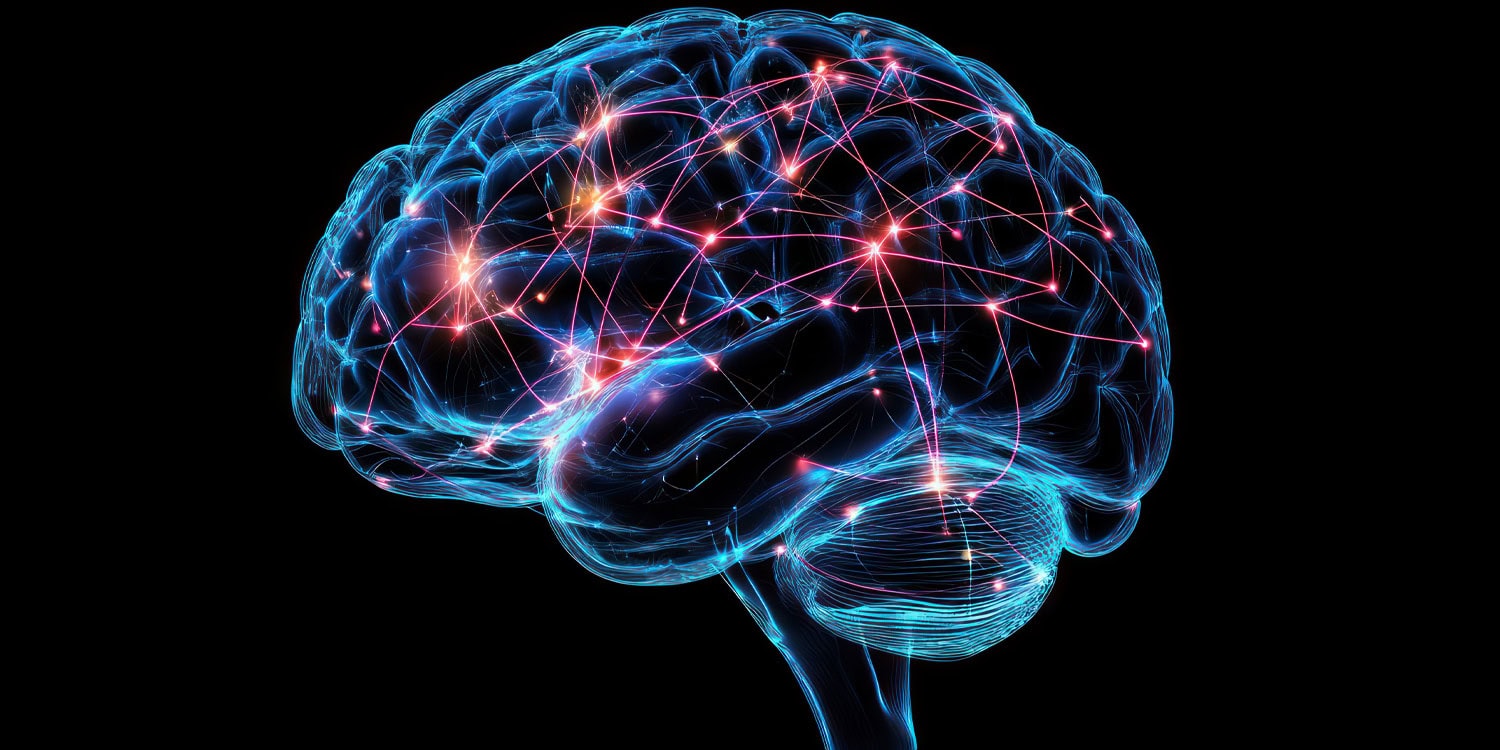A recent study published in *Frontiers in Human Neuroscience* has shed light on the effects of frequent internet pornography use on cognitive abilities, emotional responses, and brain connectivity. Researchers discovered that college students who reported high pornography usage exhibited altered brain connectivity patterns while viewing explicit material and displayed diminished performance in cognitive tasks compared to their lower-frequency counterparts.
The study aimed to examine how repeated exposure to internet pornography may influence brain function and behavior in ways similar to substance addiction. Despite previous speculation about the addictive nature of problematic pornography use, the exact neural mechanisms had not been fully articulated. Utilizing a non-invasive neuroimaging method known as functional near-infrared spectroscopy (fNIRS), this research sought to clarify those associations.
fNIRS functions by measuring brain activity through changes in blood oxygen levels, using near-infrared light to assess the absorption of light by hemoglobin in the brain. This technology allows for tracking brain activity during various tasks and stimuli, crucial for understanding how different brain regions operate. Unlike MRI, fNIRS is portable and unobtrusive, encouraging more natural participant behavior.
The study involved sixteen healthy college students with low pornography usage and five students identified with problematic use. All participants were right-handed, heterosexual, and free from substance abuse, color blindness, or medical conditions. To eliminate potential biases, they were also instructed to refrain from masturbation during the experimental period.
The experiment progressed through several stages. Participants first completed the Stroop Color and Word Test, a standard measure of cognitive control and response time. Following this, they viewed a popular 10-minute internet pornographic video while researchers monitored brain blood flow and connectivity with fNIRS.
Physiological data, including heart rate, blood pressure, and oxygen levels, were recorded alongside facial expressions analyzed through automated software. After viewing the video, participants undertook the Stroop test again and responded to questionnaires evaluating their pornography consumption, anxiety, and depression levels.
Results indicated significant disparities between the two groups. The low-frequency users displayed robust functional connectivity in areas associated with language processing, sensory integration, and movement coordination, such as Broca’s area and the somatosensory cortex. Conversely, high-frequency users showed enhanced connectivity in regions linked to executive functions, including the dorsolateral prefrontal cortex, which is often involved in both addiction and emotional regulation.
The high-frequency user group also exhibited pronounced physiological and emotional responses. Their expressions revealed increased pleasure and happiness but also fluctuated significantly, indicating anger and sadness. Elevated activity in their parasympathetic nervous system was noted, marked by lower heart rate and higher heart rate variability—trends paralleling those identified in opioid users experiencing euphoria.
After the pornography viewing, cognitive performance declined for both groups, with the decline being more pronounced among high-frequency users. Their accuracy on the Stroop test diminished significantly, alongside slower reaction times compared to both their baseline results and low-frequency users. This suggests pornography exposure may impair attention regulation and the management of conflicting information in the short term.
Additionally, high-frequency users reported significantly increased anxiety and depression scores on the questionnaires. Although the study does not establish a direct causal relationship, it aligns with prior research connecting heavy pornography consumption to emotional distress.
The observations of brain activity in high-frequency users resembled patterns seen in individuals with substance use disorders and even schizophrenia. Increased prefrontal activity, combined with altered physiological states and impaired cognitive performance, indicates that frequent pornography use may evoke neural and behavioral patterns similar to addiction.
Furthermore, the study assessed how pornography influenced emotional expressions. The low-frequency users demonstrated a wider range of emotional responses, whereas high-frequency users appeared emotionally flat, often showing neutral or vacant expressions. This finding supports the theory that repeated exposure to explicit content may dull emotional sensitivity.
While psychotherapy remains the primary treatment for problematic pornography use, the authors suggested exploring alternative interventions, including hormone-based medications and drugs typically used for obsessive-compulsive behaviors. The results raise the prospect that addiction therapies could be applicable to internet pornography addiction, though this suggestion remains contentious.
The study faced limitations, including a small sample size, particularly within the high-frequency group, consisting of only five participants. This restriction potentially impacts the generalizability of the findings and increases the risk of random error. Additionally, some connectivity differences lacked statistical significance after adjusting for the false discovery rate due to the number of comparisons made in the imaging research.
Recruitment for participants with high pornography consumption was also challenging due to ethical and practical barriers, which may have resulted in the high-frequency group representing moderate users rather than extreme cases.
“The effects of internet pornography addiction on brain functional connectivity in the prefrontal lobe exhibit characteristics similar to those of drug addiction,” the researchers concluded. “Moreover, individuals who frequently consume internet pornography report that they experience stronger sexual arousal and heightened pleasure while viewing, which subsequently adversely affects their cognition and emotions. Further research is needed to follow up on these preliminary findings.”
The paper titled “The impact of internet pornography addiction on brain function: a functional near-infrared spectroscopy study” was co-authored by Qicheng Shu, Shiyu Tang, Zhenhua Wu, Jiahuan Feng, Wenhao Lv, and Min Huang.

